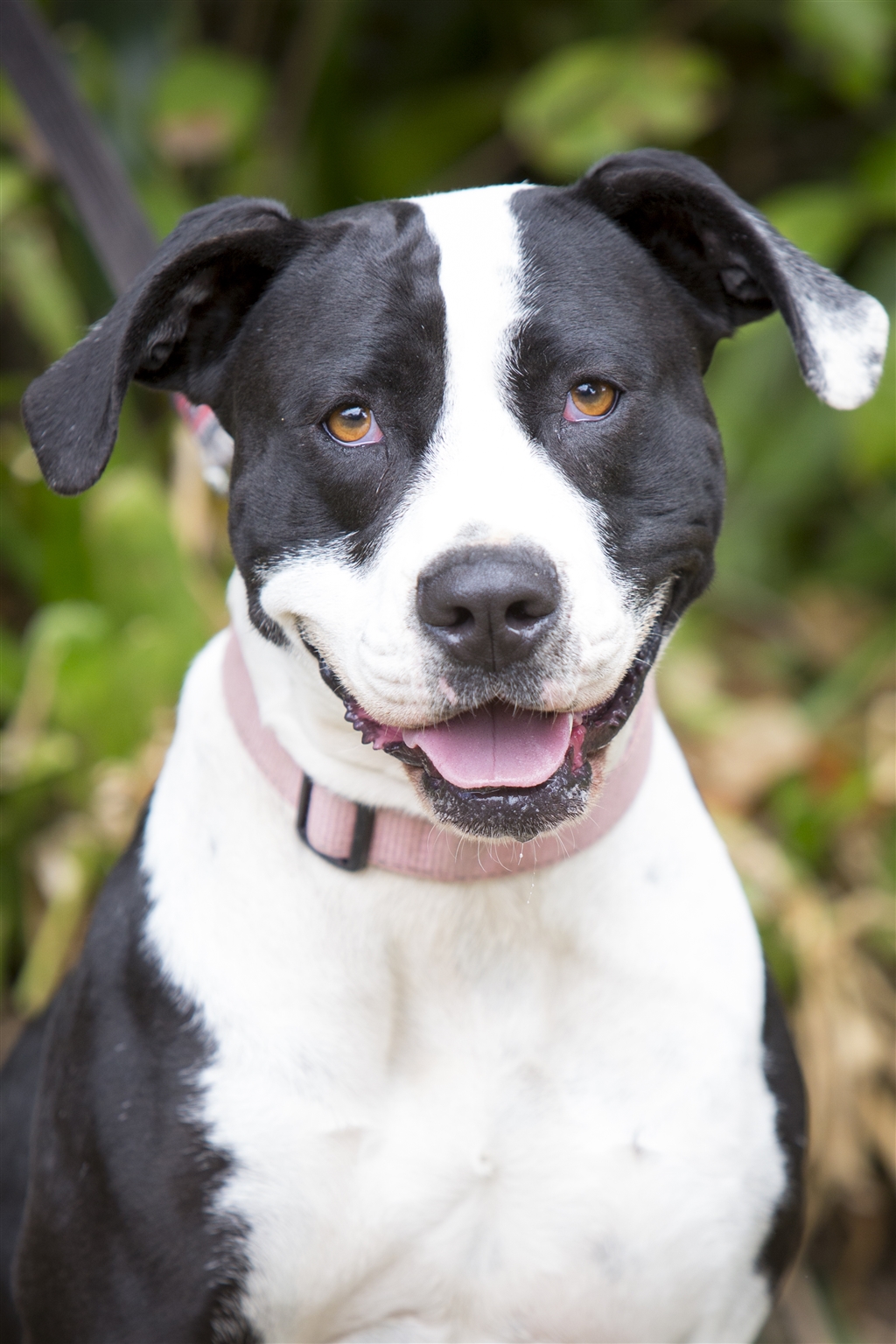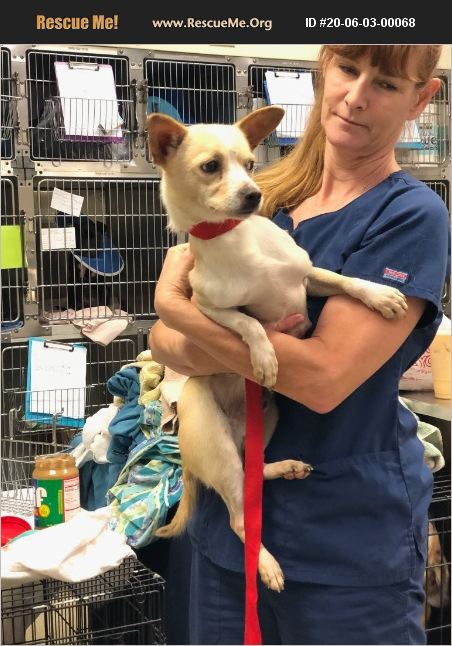This drive does not fade with age; if anything, it becomes stronger. When it comes to more advanced training, the real challenges begin. Border Terriers were developed to be independent because, during foxhunts, they had to work at a distance from their handlers. This trait is still strong in the breed, and although they may listen to a command, they’ll decide for themselves when to obey it.

Nordic dogs such as Siberian Huskies were bred to range long distances, and given the chance, they’ll take off after anything that catches their interest. And many hounds simply must follow their noses–or that bunny that just ran across the path–even if it means leaving you behind. Many breeds are intelligent but approach training with a “What’s in it for me?” attitude, in which case you’ll need to use rewards and games to teach them to want to comply with your requests. Contrary to popular belief, small size doesn’t necessarily an apartment dog make.
Some dogs may attack or try to dominate other dogs, even if they’re love-bugs with people; others would rather play than fight; and some will turn tail and run. Breed isn’t the only factor that goes into affection levels; dogs who were raised inside a home with people around feel more comfortable with humans and bond more easily. To get a healthy dog, never buy a puppy from a puppy mill, a pet store, or a breeder who doesn’t provide health clearances or guarantees.



